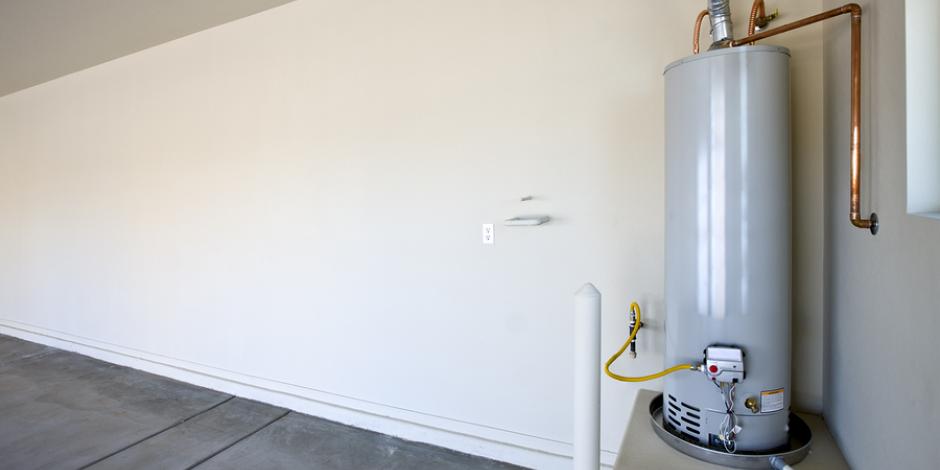Professional Tips on Caring for Your Home's Hot Water SystemEnsuring Longevity of Your Home's Hot Water System: Maintenance Advice
Professional Tips on Caring for Your Home's Hot Water SystemEnsuring Longevity of Your Home's Hot Water System: Maintenance Advice
Blog Article
We've uncovered the article relating to How to Maintain a Hot Water Heater in a Few Simple Steps down the page on the web and felt it made good sense to discuss it with you on this page.

Hot water is essential for daily comfort, whether it's for a rejuvenating shower or cleaning recipes. To guarantee your warm water system runs successfully and lasts longer, routine maintenance is key. This short article supplies functional ideas and understandings on just how to keep your home's warm water system to stay clear of disruptions and costly repairs.
Introduction
Maintaining your home's hot water system might appear complicated, yet with a few easy steps, you can ensure it operates smoothly for many years to come. This guide covers every little thing from understanding your warm water system to do it yourself upkeep pointers and recognizing when to call professional aid.
Relevance of Keeping Your Warm Water System
Routine maintenance not only extends the lifespan of your hot water system yet additionally guarantees it runs efficiently. Overlooking upkeep can lead to reduced performance, greater energy expenses, and also premature failure of the system.
Indicators Your Warm Water System Requirements Maintenance
Knowing when your warm water system needs attention can protect against major issues. Keep an eye out for signs such as irregular water temperature level, odd noises from the heating system, or rustic water.
Purging the Hot Water Heater
Purging your water heater gets rid of sediment build-up, improving performance and extending its life.
Monitoring and Replacing Anode Rods
Anode poles prevent rust inside the tank. Checking and replacing them when worn is essential.
Facility Issues Calling For Professional Aid
Examples consist of significant leaks, electric problems, or if your hot water heater is consistently underperforming.
Regular Professional Maintenance Conveniences
Expert upkeep can include complete examinations, tune-ups, and ensuring compliance with safety and security standards.
Checking and Adjusting Temperature Setups
Adjusting the temperature setups ensures ideal efficiency and safety.
DIY Tips for Upkeep
You can perform a number of upkeep jobs yourself to keep your warm water system in leading condition.
Checking for Leakages
Regularly inspect pipes and links for leakages, as these can lead to water damage and higher costs.
Comprehending Your Warm Water System
Before diving right into upkeep tasks, it's handy to understand the fundamental components of your hot water system. Generally, this consists of the water heater itself, pipes, anode poles, and temperature level controls.
Regular Monthly Upkeep Tasks
Regular regular monthly checks can aid capture small issues before they rise.
Testing Pressure Alleviation Valves
Examining the pressure relief valve ensures it operates correctly and stops excessive pressure build-up.
Insulating Pipelines
Shielding hot water pipes lowers warm loss and can save energy.
When to Call a Professional
While do it yourself upkeep is useful, some problems require specialist competence.
Final thought
Normal upkeep of your home's hot water system is crucial for effectiveness, long life, and expense savings. By adhering to these suggestions and recognizing when to look for professional aid, you can guarantee a reliable supply of warm water without unexpected disturbances.
How to Maintain an Instant Hot Water Heater
Before tinkering with your hot water heater, make sure that it’s not powered on. You also have to turn off the main circuit breaker and shut off the main gas line to prevent accidents. Also turn off the water valves connected to your unit to prevent water from flowing into and out of the appliance. 2. When you’re done, you have to detach the purge valves’ caps. These look like the letter “T” and are situated on either side of the water valves. Doing so will release any pressure that has accumulated inside the valves while at the same time avoid hot water from shooting out and burning your skin. 3. When the purge valves’ caps are removed, you have to connect your hosing lines to the valves. Your unit should have come with three hoses but if it didn’t, you can purchase these things from any hardware or home repair shops. You can also get them from retail stores that sell water heating systems. Read the user’s manual and follow it to complete this task properly. When the hosing lines are connected, open the purge port’s valves. 4. You should never use harsh chemical cleaners or solutions when cleaning your unit. Make use of white vinegar instead. It should be undiluted and you’ll probably use about 2 gallons. 5. Now flush your water heater. This task should probably take about 40 minutes. We can’t give you specific directions for this because the procedure is carried out depending on the type, model and brand of your heater. With that being said, refer to the user’s manual. 6. When you’re done draining the unit, you have to turn off the purge port valves again. Remove the hosing lines that you earlier installed on each of the water valves. Put the valve caps (purge port) back in their respective places and be very careful so as not to damage the rubber discs that are found inside these caps. 7. Now that everything’s back in place, check your user’s manual again to find out how to reactivate your water heating system. 8. Once it is working, turn one of your hot water faucets on just to let air pass through the heater’s water supply pipes. Leave the tap on until water flows smoothly out of it. https://www.orrplumbing.com/blog/2014/september/how-to-maintain-an-instant-hot-water-heater/

I ran across that post on How to Maintain Your Water Heater & Prolong its Life when scouting around the web. Liked our article? Please share it. Let another person find it. I thank you for your readership.
Call Today Report this page